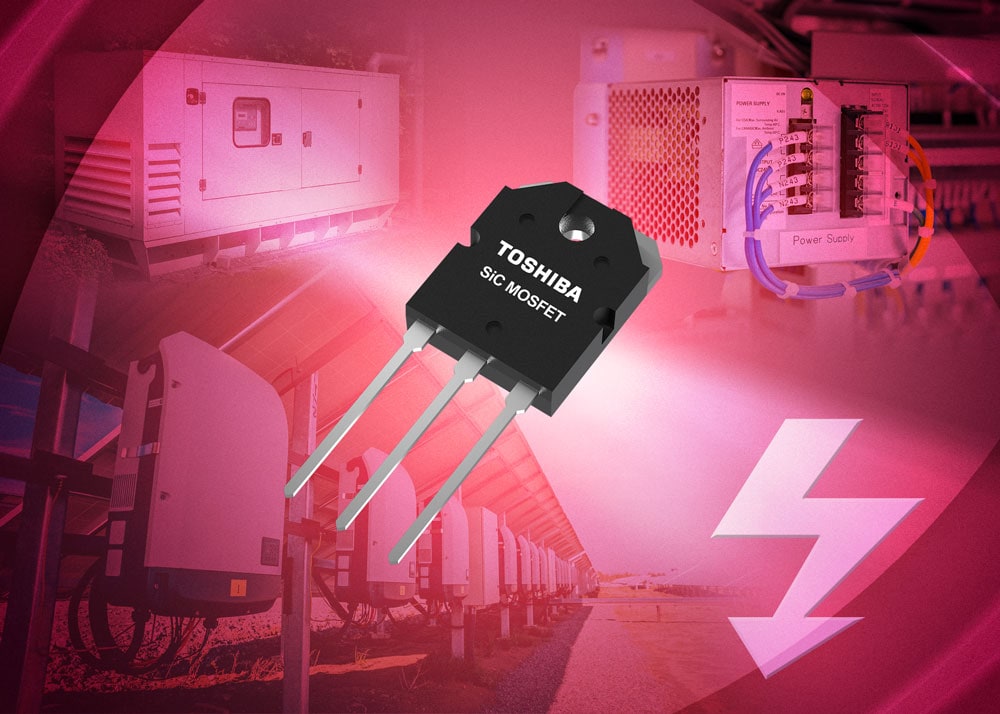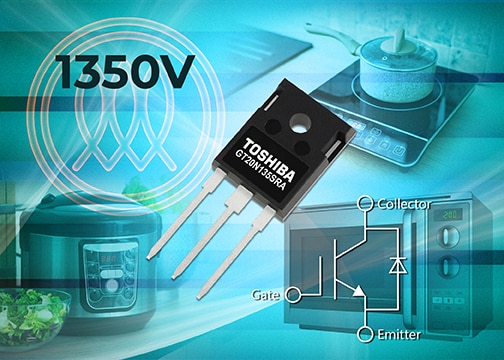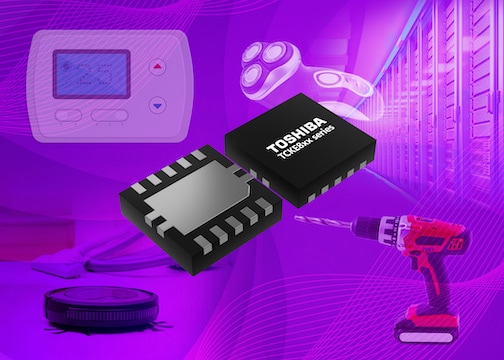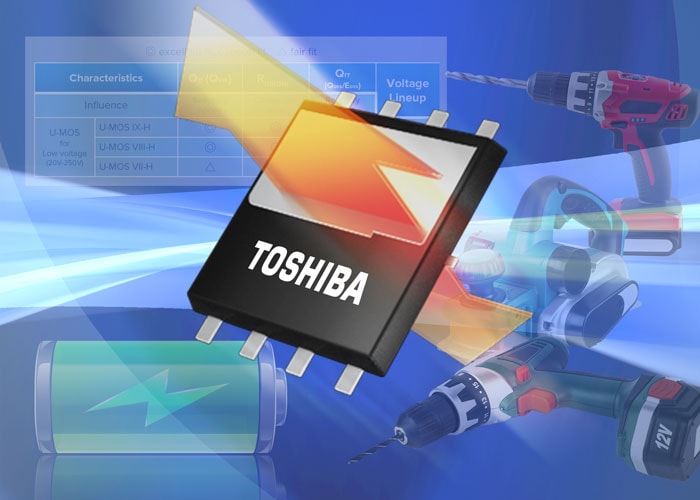- General Top
- SEMICONDUCTOR
- STORAGE
- COMPANY
-
My ToshibaSemicon
- Semiconductor Top
-
ApplicationsAutomotive
Body Electronics
xEV
In-Vehicle Infotainment
Advanced Driver-Assistance Systems (ADAS)
Chassis
IndustrialInfrastructure
BEMS/HEMS
Factory Automation
Commercial Equipment
Consumer/PersonalIoT Equipment
Healthcare
Wearable Device
Mobile
Computer Peripherals
-
ProductsAutomotive Devices
Discrete Semiconductor
Diodes
Transistors
Logic ICs
Analog Devices
Digital Devices
Wireless Devices
※
: Products list (parametric search)
Power SemiconductorsSiC Power Devices
※
: Products list (parametric search)
Isolators/Solid State RelaysPhotocouplers
Digital Isolators
Solid State Relays
Fiber Optic Transmitting Modules
※
: Products list (parametric search)
MOSFETsIGBTs/IEGTsBipolar Transistors※
: Products list (parametric search)
Diodes※
: Products list (parametric search)
MicrocontrollersMotor Driver ICsIntelligent Power ICs※
: Products list (parametric search)
Power Management ICsLinear ICs※
: Products list (parametric search)
General Purpose Logic ICsLinear Image SensorsOther Product ICsOther Product ICs
※
: Products list (parametric search)
-
Design & Development
Design & Development
Innovation Centre
At the Toshiba Innovation Centre we constantly strive to inspire you with our technologies and solutions. Discover how to place us at the heart of your innovations.
-
Knowledge
Knowledge
Highlighted Topics
Further Materials
Other
- Where To Buy
- Part Number & Keyword Search
- Cross Reference Search
- Parametric Search
- Stock Check & Purchase
This webpage doesn't work with Internet Explorer. Please use the latest version of Google Chrome, Microsoft Edge, Mozilla Firefox or Safari.
require 3 characters or more. Search for multiple part numbers fromhere.
The information presented in this cross reference is based on TOSHIBA's selection criteria and should be treated as a suggestion only. Please carefully review the latest versions of all relevant information on the TOSHIBA products, including without limitation data sheets and validate all operating parameters of the TOSHIBA products to ensure that the suggested TOSHIBA products are truly compatible with your design and application.Please note that this cross reference is based on TOSHIBA's estimate of compatibility with other manufacturers' products, based on other manufacturers' published data, at the time the data was collected.TOSHIBA is not responsible for any incorrect or incomplete information. Information is subject to change at any time without notice.
require 3 characters or more.
Innovative bi-directional EV charging
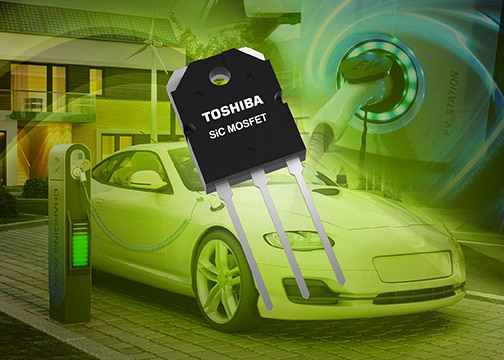
There is significant effort being made to develop next-generation charging infrastructure to support electric vehicles (EVs). One innovative idea is the potential for EV batteries to generate revenue. Through bi-directional charging, EV batteries could help with load balancing when electricity demand is high. This is especially important to smooth the fluctuations associated with renewable energy sources.
Toshiba’s 3-phase 400 VAC reference design incorporates bi-directional charging and wide bandgap (WBG) power discretes while requiring only minimal engineering resources to achieve advanced charging station designs.
Key to the reference design’s high (97%) conversion efficiency and ability to support 50 kHz switching frequencies is a Toshiba TW070J120B N-channel silicon-carbide (SiC) MOSFET that supports high-voltage operation without the relatively heavy switching losses of an IGBT-based approach. The device’s 1200 V-rated withstand voltage and 175 °C operational temperature ensure it is robust enough to deal with harsh automotive environments. The TW070J120B has just 70 mΩ on-resistance (RDS(ON)) and this, along with the built-in SiC Schottky barrier diode that gives a VDSF lower than the MOSFETs body (parasitic) diode, lower the conduction losses appreciably.
Additionally, using a SiC MOSFET such as the TW070J120B allows for downsizing of the accompanying magnetic components and capacitors because higher switching frequencies can be used, thereby saving board space and weight as well as reducing overall costs.


